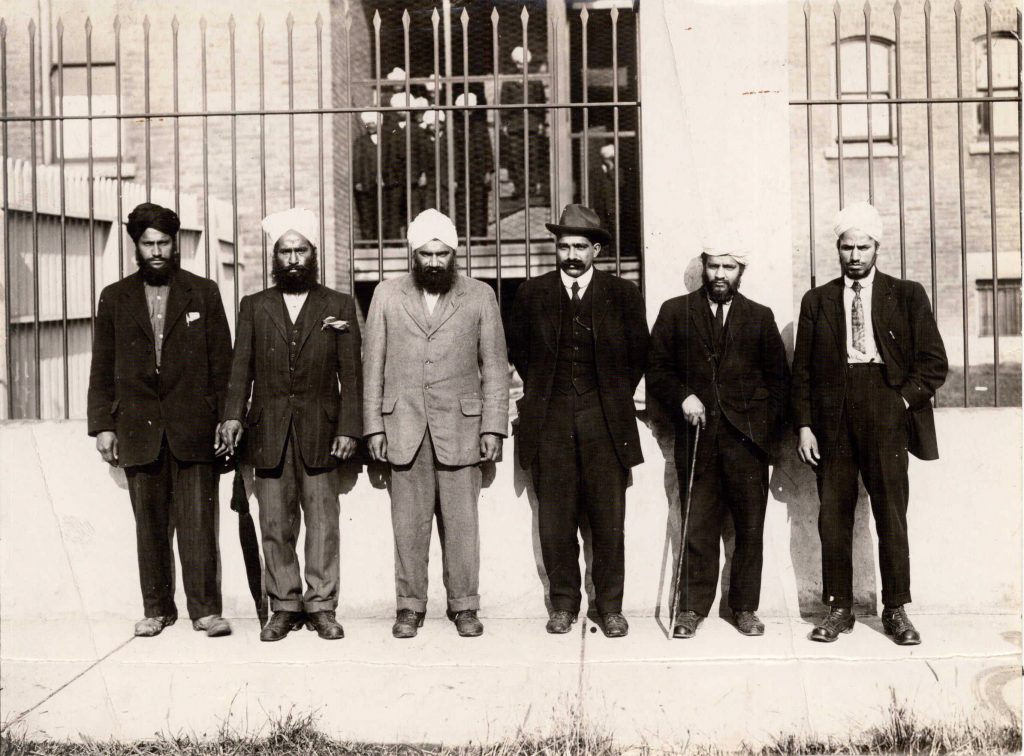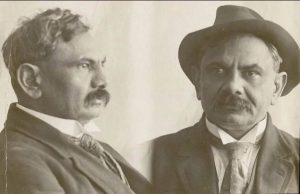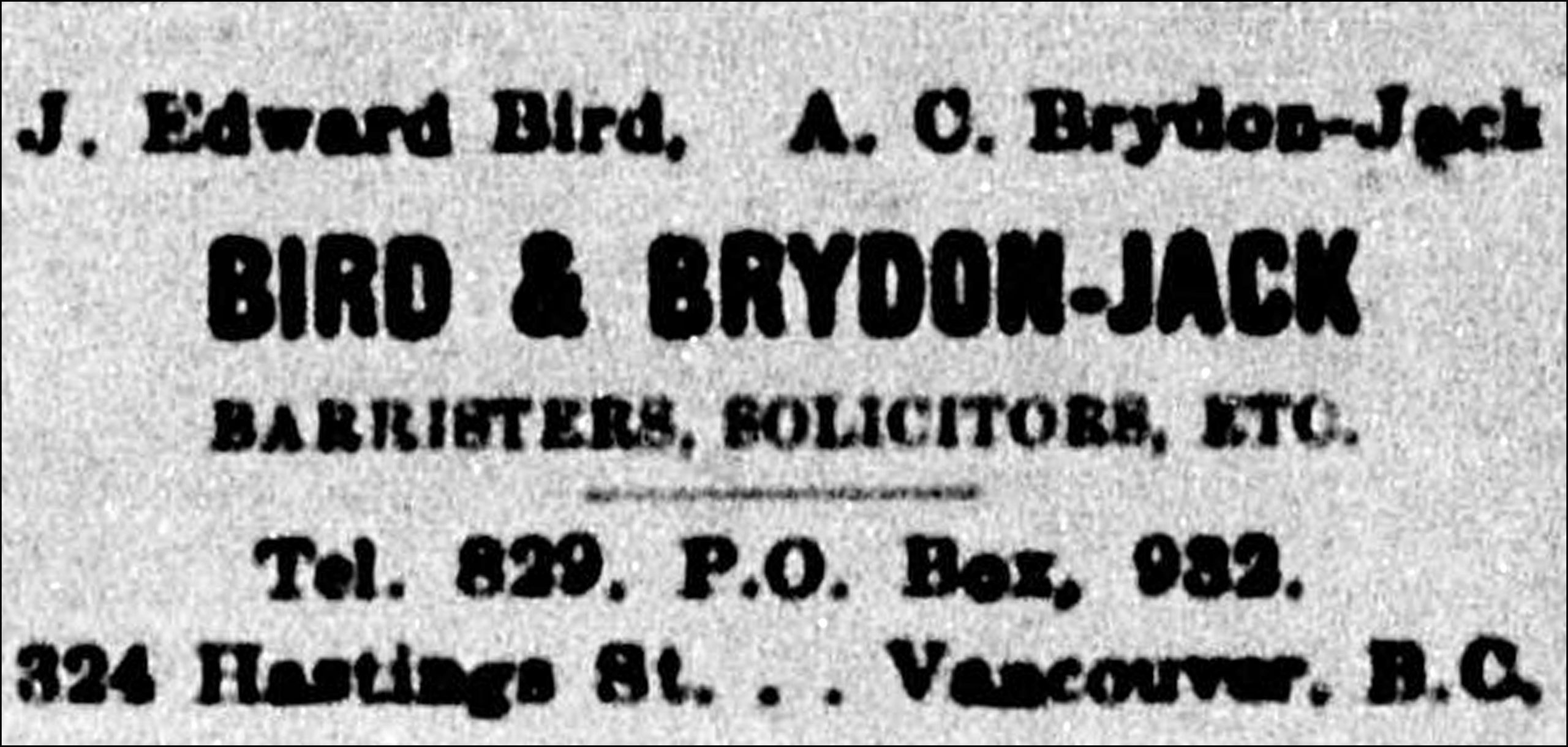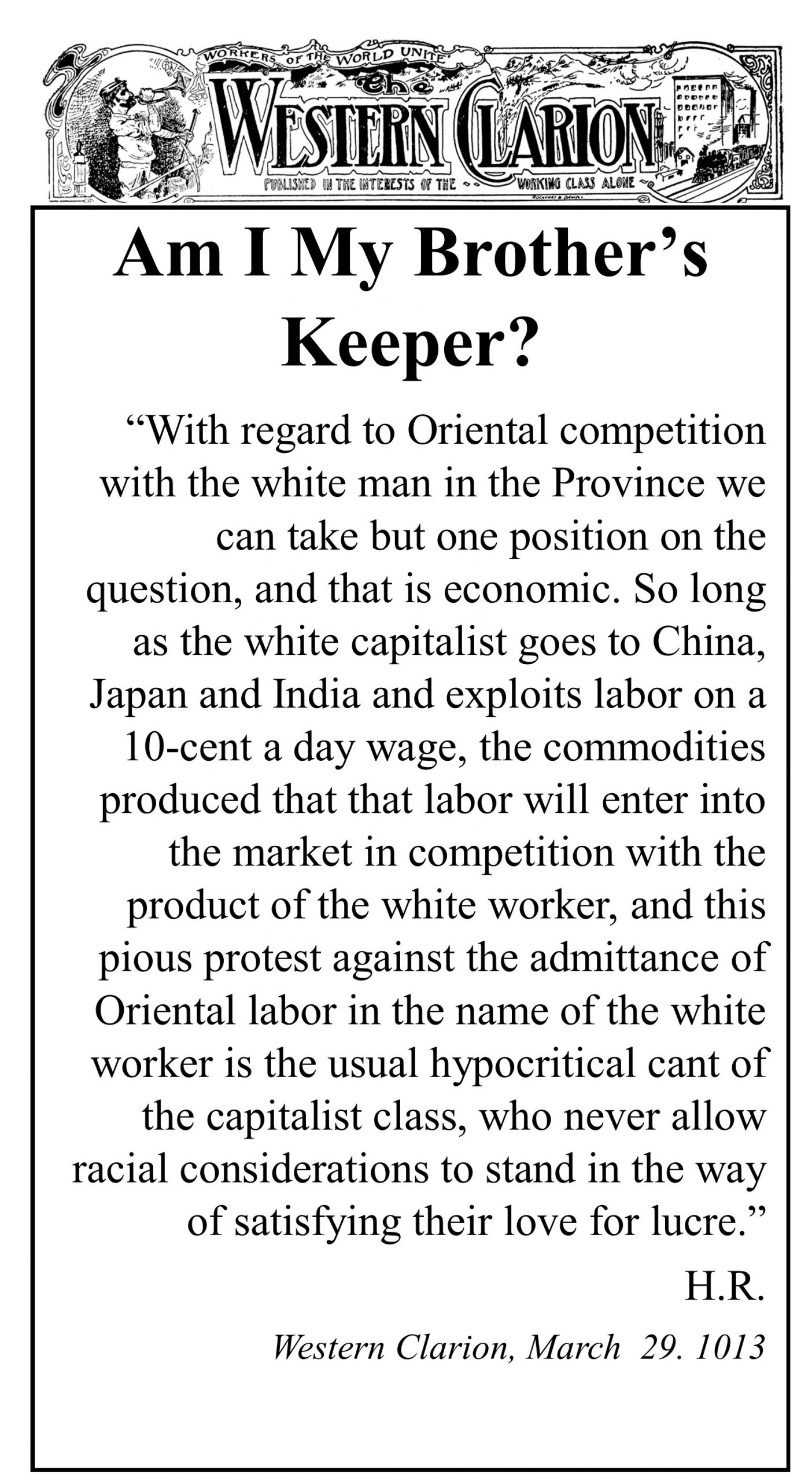
Forty-eight year old Husain Rahim arrived in Vancouver in 1910 as a tourist and almost immediately connected with other South Asian activists already in Canada. Rahim quickly attracted the attention of authorities who believed him to be a dangerous radical.
Rahim (who also went by the name Chagan Khiraj Varma) was well traveled, spoke four languages and connected South Asian Canadians to Indian revolutionaries across the world. He forged early ties between South Asian millworkers and the labour movement.
Soon after arriving in BC, Rahim formed the Canada India Supply Company which traded in real estate. Most of his clients were Sikh millworkers. He spent time in the town of Paldi on Vancouver Island, one of the first South Asian-owned sawmill communities in BC. Rahim commanded a great deal of respect in the mill town; “he was an educated man and millowner Mayo [Singh] … trusted his advice.” [1]
A Canadian intelligence officer claimed that while in BC, Rahim was engaged in the radical Industrial Workers of the World, raised funds and spoke at meetings.

Rahim connected with the Socialist Party of Canada (SPC) where he held a seat on the SPC’s Dominion Executive. He was fully engaged in the BC section, the first non-white person to be elected into the party’s leadership. It is also believed he and other militants attempted to form a special branch of the SPC with the support of the Khalsa Diwan Society. [2]
Rahim contributed articles to the Socialist Party’s newspaper The Western Clarion around 1912. The publication shared offices with the BC Federation of Labour’s newspaper The British Columbia Federationist at the Labor Hall.
It was here that Rahim connected with key labour and progressive radicals William Pritchard and E.T. Kingsley. In a Clarion article in mid-1918, reprinted in the Federationist, Pritchard articulated his view of class solidarity. It was a bold shift for the BC labour movement who only a decade prior had organized against Asian immigration to BC.
“Ancient notions and old-fashioned ideas have received some damaging jolts. Men and women are beginning to think terms which bode ill for the masters. Let the day come when they will see clearly that the interests of ALL workers, irrespective of race, sex, or color, are one against ALL masters irrespective of race, sex, or color.”[3]

Rahim raised money from the South Asian millworker community to support the Socialist Party and The Western Clarion. The August 12, 1912 edition listed several South Asian names who contributed to the Socialist Party’s election fund. The newspaper was also a platform for Rahim to express anti-colonial opinions.

Rahim was at the forefront of the Komagata Maru incident in 1914 in Vancouver. The ship was refused docking in Vancouver, leaving 374 passengers who were challenging BC’s continuous passage laws stranded. Husain Rahim and Vancouver Gurdwara leader Bhag Singh formed a Shore Committee to support the hopeful immigrants and recruited lawyer J. Edward Bird to represent the passengers.
He was also able to use his links with the SPC to bring an ally, “Comrade” Henry M. Fitzgerald, a trade unionist and founding Socialist Party member on board to support the cause. H.M. Fitzgerald was a presser in the garment industry by trade and known as a “fiery orator”. At a public meeting organized by the Khalsa Diwan Society, Fitzgerald stood alongside Balwant Singh, Rahim and others where he spoke against the tactics of the Immigration Department.[4] Fitzgerald’s presence reportedly created “a sensation among the press who had never heard a White man preach to an audience of Orientals.”[5]
- Joan Mayo.Paldi Remembered: 50 Years in the Life of a Vancouver Island Logging Town, Paldi History Committee, 1997, 4. ↵
- Peter Campbell, Canadian Marxists and the Search for a Third Way (Toronto: McGill-Queens University Press, 2000), 18. ↵
- W.A. Pritchard, "The Remedy", The British Columbia Federationist, republished 20 May 1921, 4. (originally published 1918). ↵
- "Fitzgerald, Henry M. (1874–1918)", http://komagatamarujourney.ca/node/4404 accessed November 19, 2021. ↵
- Hugh Johnston, The Voyage of the Komagata Maru: The Sikh Challenge to Canada's Colour Bar, (UBC Press: 2014), 49. ↵
